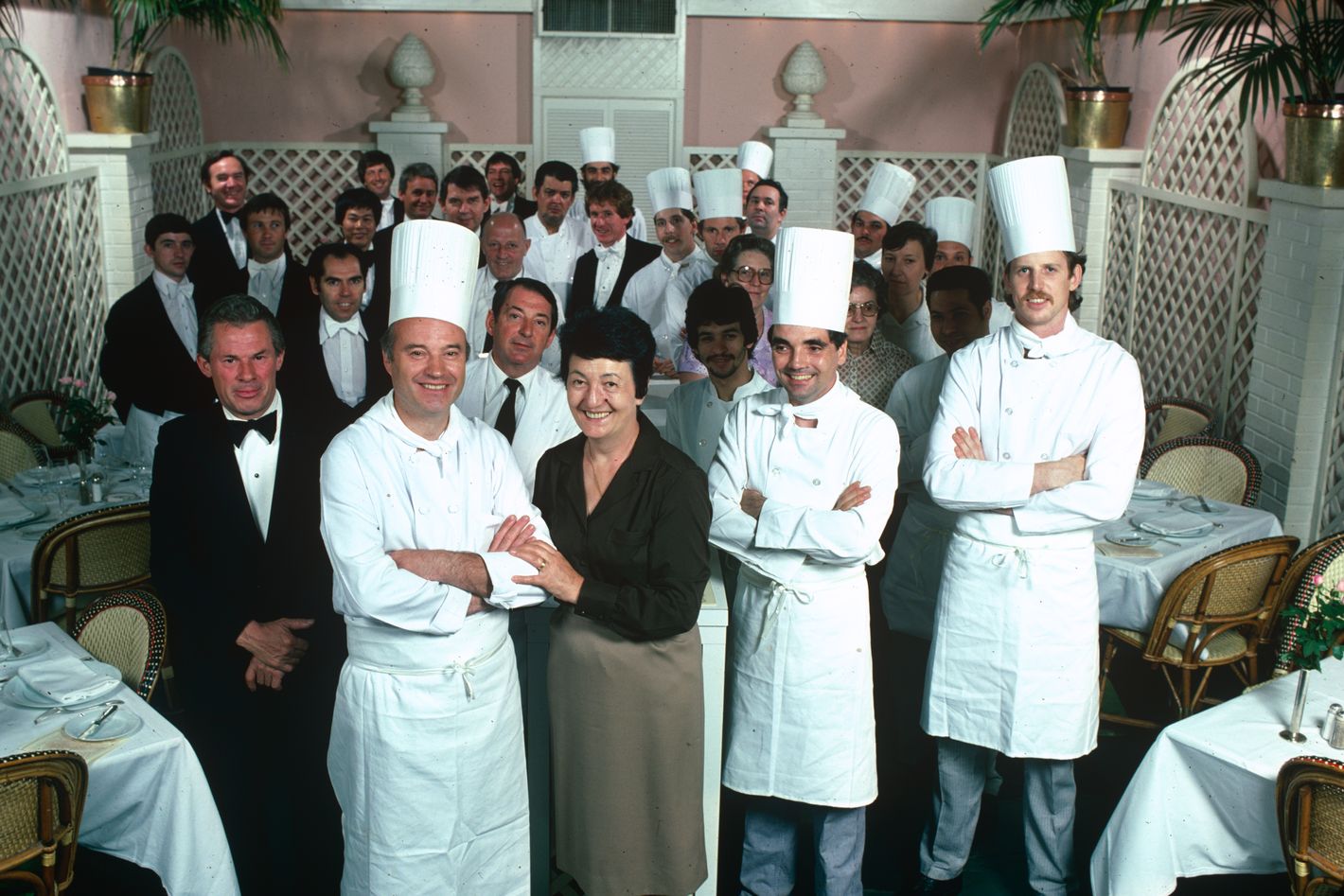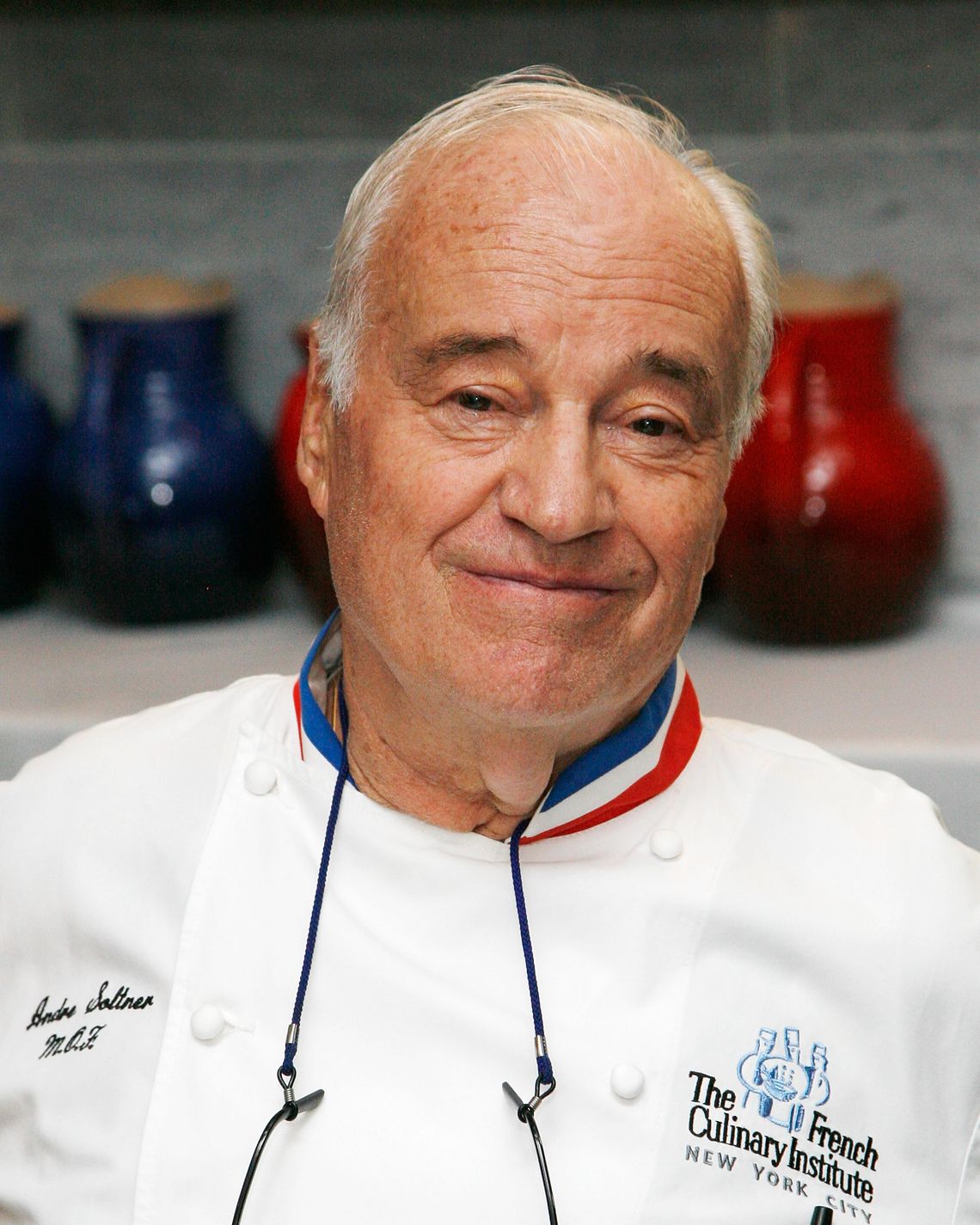when you want, where you want.
CJ Television
André Soltner Was the Best Chef in New York
 Photo: Susan Wood/Getty Images
Photo: Susan Wood/Getty Images
Among the list of New York restaurants that are still talked about long after they’ve closed — Maxwell’s Plum, One Fifth, Florent — one name rises above all others: Lutèce. Gael Greene, the former restaurant critic of this magazine, once called it the most important restaurant in New York’s modern history. For decades after it opened in 1961, the townhouse at 249 E. 50th Street was considered the best French restaurant in Manhattan, which at the time made it the best restaurant in America, period.
Presiding over it all was its chef and eventual owner, André Soltner, who came to New York to run the kitchen when he was 29 and who died this past weekend at the age of 92. He ran Lutèce for proprietor André Surmain, who in 1970 told Greene that the restaurant’s tiny kitchen was “the miracle on 50th Street.” Soltner bought the restaurant in 1973 — the same year Greene listed his orange tart and pike en croûte with watercress sauce among the best dishes in the city — and ran it for 21 more years, famously taking off no more than a handful of nights. In an obituary, William Grimes describes the mood at Lutèce after Soltner bought it:
Overnight, the tone changed. The surroundings remained plush — Baccarat crystal, Christofle silver, bone china and a Redouté rose print on the menus — but Mr. Soltner ran the restaurant like a bistro. He did away with the Surmain system of seating by status. He worked the dining room. Patrons responded with fierce devotion.
The patrons who could afford it, anyway. A 1972 Times review by Raymond Sokolov that praised Soltner’s cooking — foie gras en brioche, sorrel soup, “the most interesting quenelles de brochet in town” — also mentioned that dinner for two at the time cost the current-day equivalent of nearly $600. In response, Sokolov suggested opening “a special savings account earmarked for meals at this magnificent French restaurant.”
What made the food so good was not showmanship but dedication to the work of cooking. Soltner “grew up in immediate post-WWII France, they didn’t have any money. The food was always humble,” says chef Jeremiah Stone, who worked for Soltner at the French Culinary Institute when he was in his 20s. The story of French cooking in New York then “was a story of adaptation,” working with this country’s limited pantry. “When Soltner was cooking in New York, he would have had a choice of, say, iceberg lettuce or romaine lettuce. Maybe halfway through the existence of Lutèce, Bibb comes along,” Stone says. “We’re spoiled now — I can go to the Greenmarket and decide which shallots are best for my recipes — but back then it was all about the feeling you put into it. It was all technique, all heart.”
Food is not what continues to drive the legend of Lutèce. When the restaurant closed in 2004 — ten years after Soltner had sold it — Eric Asimov explained why people had loved it so much: “Mr. Soltner and his wife, Simone, who ran the dining room, emanated unpretentious warmth and maman-et-papa charm, a stark departure from the austere atmosphere of French restaurants that so many Americans found so intimidating.”
 Photo: Amy Sussman/Getty Images
Photo: Amy Sussman/Getty Images
Soltner brought that same unpretentious warmth to the next chapter of his career as a dean at the FCI and a paterfamilias of the industry during a period of explosive growth and excitement around restaurants. In doing so, he helped to extend his former restaurant’s legacy, not through boisterousness or brand extensions, but with his own spirit (recounted in so many tributes these past few days) of humility and generosity. You may not have been able to order his onion tart, but anyone who met him could know to some degree what it felt like to sit in Lutèce’s dining room.
Soltner was Lutèce. He could have opened any restaurant he wanted or simply licensed his name to offshoot brasseries inside airports, casinos, and cruise ships. He never did. The company that bought the restaurant in the 1990s tried — it ran a Lutèce in Las Vegas for a while — but quickly learned the man, and not the name, was the draw. Today, there is still another Lutèce. It’s in Georgetown, it’s five years old, and it has no connection to Soltner or the original restaurant. But chef and partner Matt Conroy (who came on board after the name was chosen) says Soltner showed up anyway to eat shortly after the restaurant opened. “It was a random Monday night and the reservation wasn’t in his name,” Conroy recalls. “I was on the line and when I heard he was here I started sweating, tasting everything again.” After the meal, Soltner gave Conroy his card, told him to be in touch if he ever needed anything, and returned to dine (and host a tribute dinner) over the years. “The last time he was here, he was in his 90s and still wanted to talk about how much he loved cooking,” Conroy says. “He told us he was proud of everything we did, but that we had to do it for another 30 years like he had — you need to love the work because you can taste it in the food if the passion isn’t there.”
Soltner told me much the same thing when I was a 23-year-old culinary student, and he took an hour or so out of his day to talk in a small upstairs office. I couldn’t say exactly what we discussed that afternoon (it was a long time ago), but I still remember the feeling of ease that came during the conversation. Soltner was disarmingly unassuming, happy to have a conversation with a young wannabe cook. “André was a mentor, a natural teacher,” Stone says. “Beyond even being a mentor, he set such a good example.” Where some chefs find fame and wealth by exploiting the worst traits of the restaurant world — explosive anger, retaliatory violence, careless expansion — Soltner’s stature, and that of his restaurant, will continue to grow because he embodied the very best.
Related
All Rights Reserved. Copyright , Central Coast Communications, Inc.